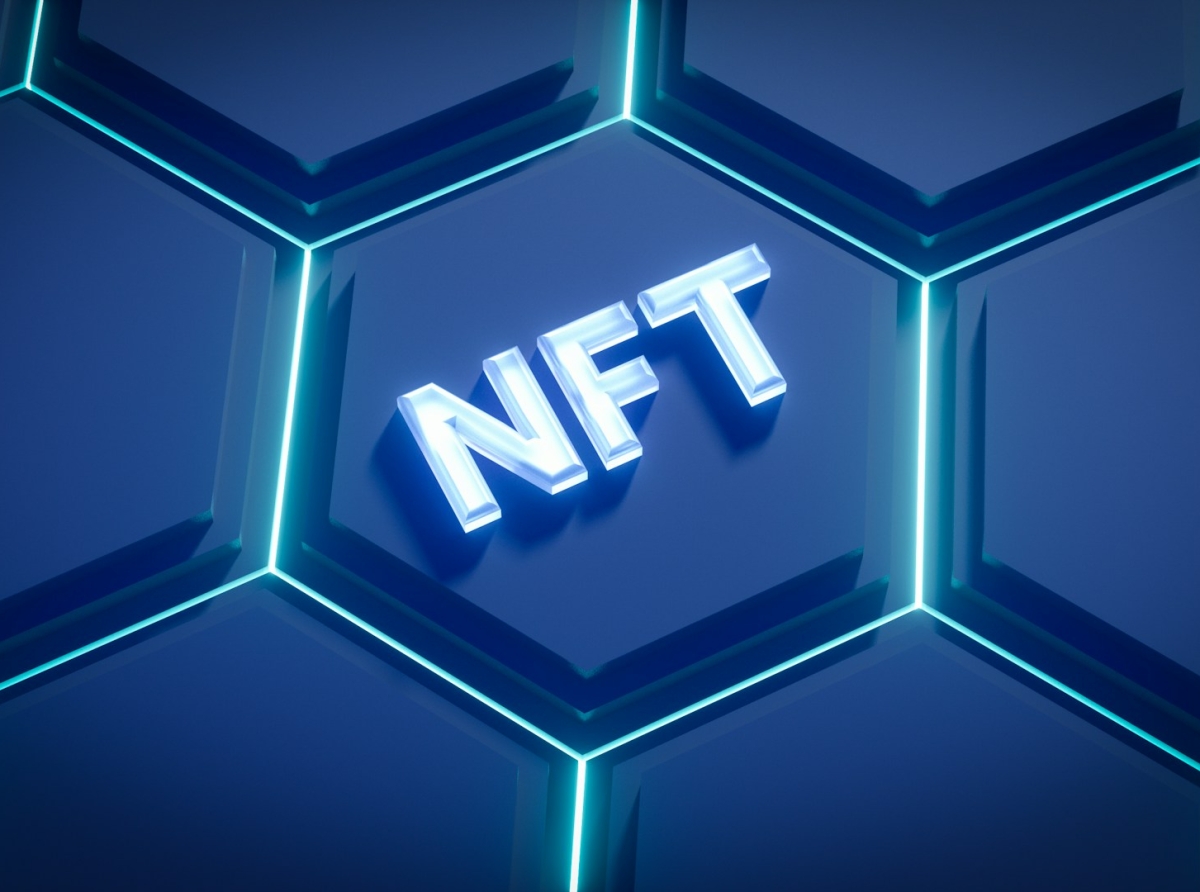Exploring the Future of Digital Art and Collectibles

Exploring the Future of Digital Art and Collectibles
Definition and Basic Concept of Non-Fungible Tokens (NFTs)
Non-Fungible Tokens, commonly known as NFTs, are unique digital assets verified using blockchain technology. Unlike cryptocurrencies such as Bitcoin or Ethereum, which are interchangeable and hold equal value, each NFT possesses distinct attributes that make it irreplaceable. This uniqueness allows NFTs to represent ownership of a specific item or piece of content in the digital realm.
Historical Background and Origin of NFTs
The concept of NFTs can be traced back to the early days of blockchain technology. The first significant step was the introduction of colored coins in 2012 on the Bitcoin blockchain, which allowed for the creation of unique digital assets. However, it was the Ethereum blockchain, introduced in 2015 with its advanced smart contract capabilities, that truly set the stage for NFTs as we know them today. The launch of projects like CryptoPunks in 2017 and CryptoKitties later that year brought widespread attention to this new form of digital ownership.
Importance and Relevance in Today’s Digital Age
In today’s increasingly digital world, NFTs have gained immense popularity due to their ability to provide verifiable ownership and scarcity for digital assets. This has revolutionized various fields such as art, music, gaming, and even virtual real estate. By leveraging blockchain technology, creators can ensure their work is authenticated and cannot be duplicated without permission, opening up new avenues for monetization and engagement.
Non-Fungible Tokens, commonly known as NFTs, are unique digital assets verified using blockchain technology. Unlike cryptocurrencies such as Bitcoin or Ethereum, which are interchangeable and hold equal value, each NFT possesses distinct attributes that make it irreplaceable. This uniqueness allows NFTs to represent ownership of a specific item or piece of content in the digital realm.
Historical Background and Origin of NFTs
The concept of NFTs can be traced back to the early days of blockchain technology. The first significant step was the introduction of colored coins in 2012 on the Bitcoin blockchain, which allowed for the creation of unique digital assets. However, it was the Ethereum blockchain, introduced in 2015 with its advanced smart contract capabilities, that truly set the stage for NFTs as we know them today. The launch of projects like CryptoPunks in 2017 and CryptoKitties later that year brought widespread attention to this new form of digital ownership.
Importance and Relevance in Today’s Digital Age
In today’s increasingly digital world, NFTs have gained immense popularity due to their ability to provide verifiable ownership and scarcity for digital assets. This has revolutionized various fields such as art, music, gaming, and even virtual real estate. By leveraging blockchain technology, creators can ensure their work is authenticated and cannot be duplicated without permission, opening up new avenues for monetization and engagement.

Exploring the Future of Digital Art and Collectibles
The Technology Behind NFTs
Explanation of Blockchain TechnologyAt its core, a blockchain is a decentralized ledger that records transactions across multiple computers. This ensures that the information is transparent, secure, and immutable. Each block contains a list of transactions; once added to the chain, altering any information becomes virtually impossible without altering all subsequent blocks.
How NFTs Are Created, Stored, and Transferred
NFTs are created through a process called “minting,” which involves creating a new token on a blockchain (usually Ethereum) that represents a specific asset or content. Once minted, these tokens are stored on the blockchain alongside metadata that includes details about the asset they represent. Ownership can then be transferred between parties through smart contracts—self-executing contracts with terms directly written into code—eliminating intermediaries.
The Role of Smart Contracts in Ensuring Authenticity and Ownership
Smart contracts play a crucial role in maintaining the integrity of NFTs by enabling automated verification processes. When an NFT is sold or transferred, these contracts automatically execute agreed-upon terms such as payment distribution or royalty payments to original creators every time their work is resold—ensuring transparency while safeguarding creators’ rights.
Impact on Digital Art
Transformation in How Artists Create, Sell, and Distribute ArtNFTs have fundamentally changed how artists approach creation by enabling them to tokenize their work directly onto blockchains without relying on traditional intermediaries like galleries or auction houses. This democratizes access for both creators looking for new audiences globally as well as collectors searching for unique pieces beyond geographic limitations.
Case Studies of Prominent NFT Artists and Projects
Several artists have gained recognition through successful NFT projects:Beeple: Known for his long-running “Everydays” series stemming from daily digital drawings since 2007; Beeple’s collage “Everydays: The First 5000 Days” sold at Christie’s auction house for $69 million—the highest price ever paid solely online.
Pak: Another influential figure who has released numerous successful collections including ‘Merge,’ ‘The Fungible Collection,’ among others garnering millions collectively.
FEWOCiOUS: A young artist whose vibrant works explore personal experiences while addressing mental health issues; he raised over $2 million during his first NFT sale event.
Discussion on Royalties Proceeds & Provenance Authentication Via Blockchain
One major advantage offered by utilizing smart contracts within NFT ecosystems lies within automated royalty payments ensuring artists receive compensation whenever secondary sales occur—a concept previously limited within traditional markets where tracking resales proved difficult if not impossible altogether thereby eliminating potential revenue streams entirely.
Provenance authentication provided via blockchain ensures accurate historical records tracing back origins throughout entire lifespans preventing forgery ultimately enhancing overall market trustworthiness significantly benefiting both buyers/sellers alike ensuring genuine transactions occur exclusively thus fostering healthier ecosystems overall resulting higher value retention longer term!
NFTs, Art, Collectibles, Blockchain, Future Trends









Report
My comments